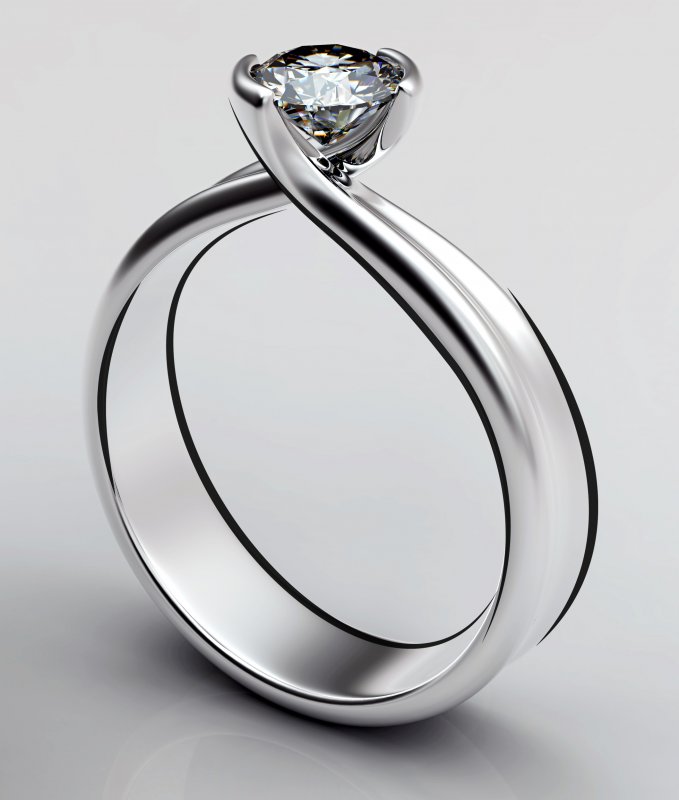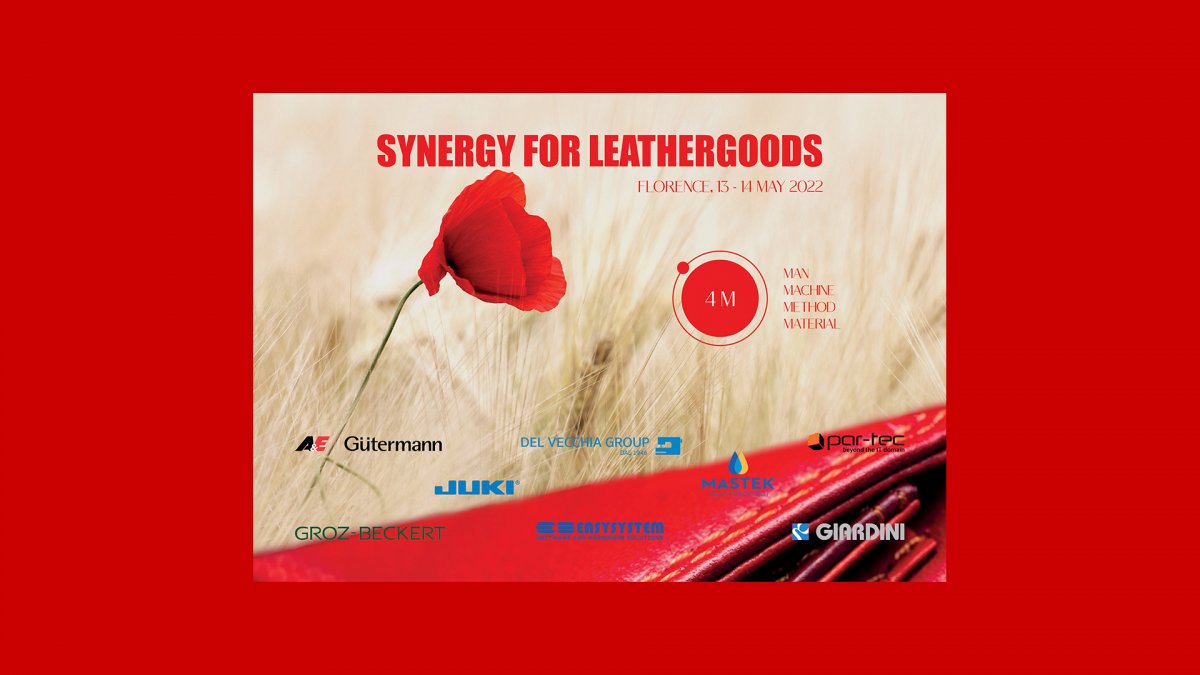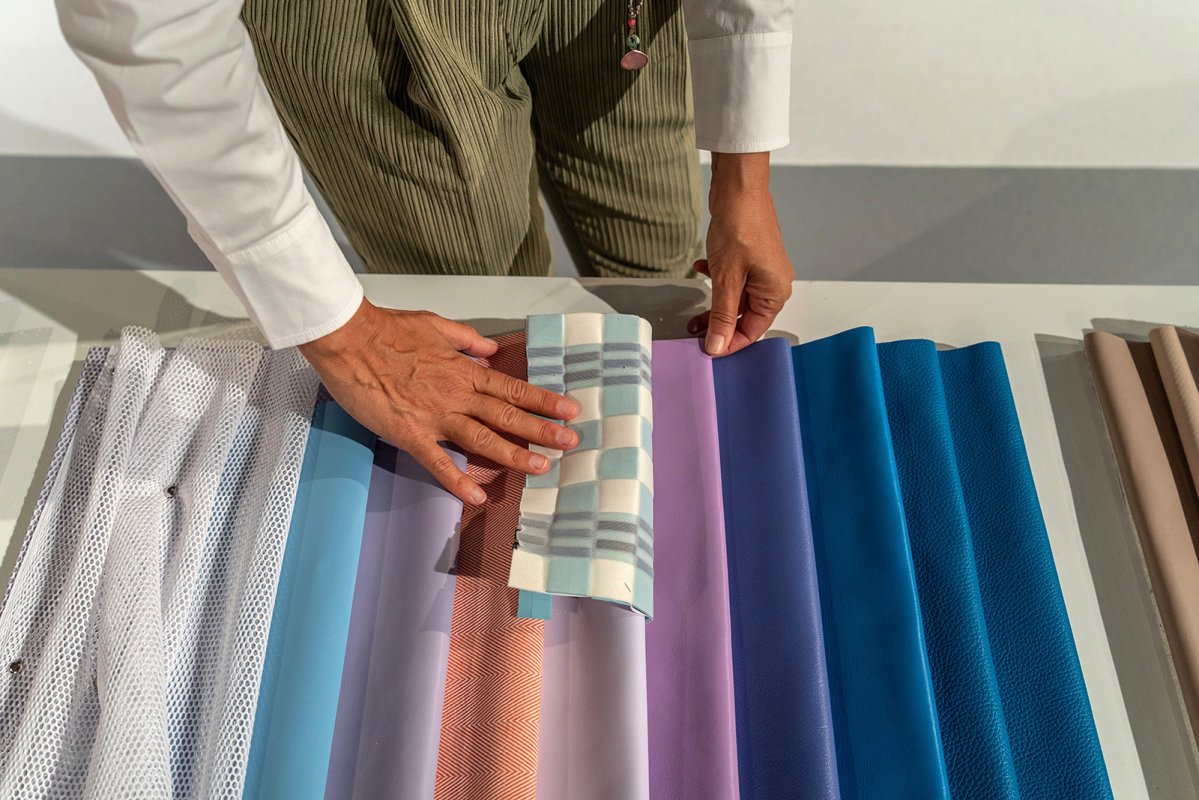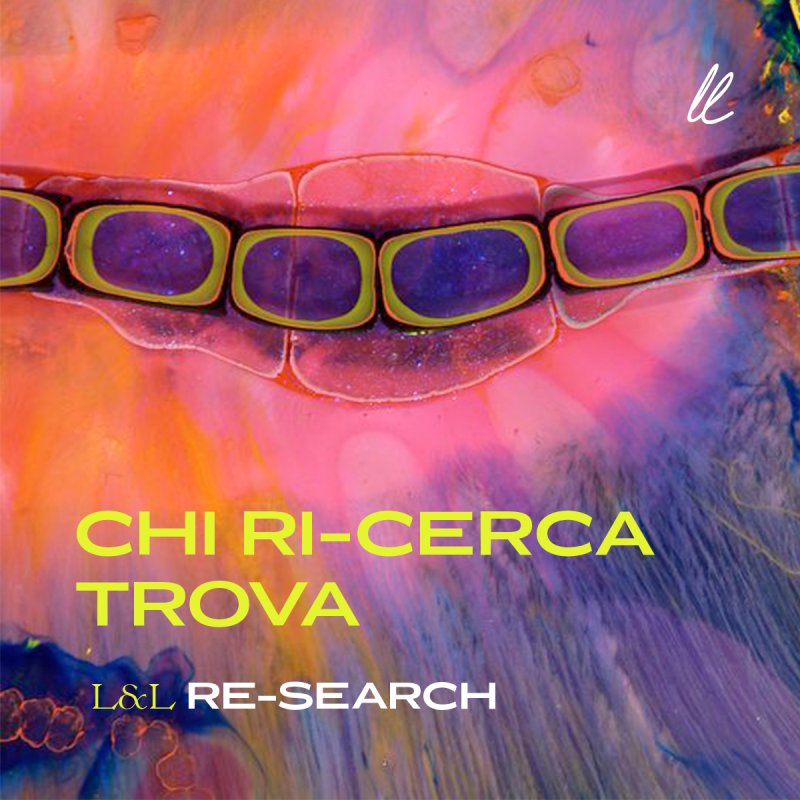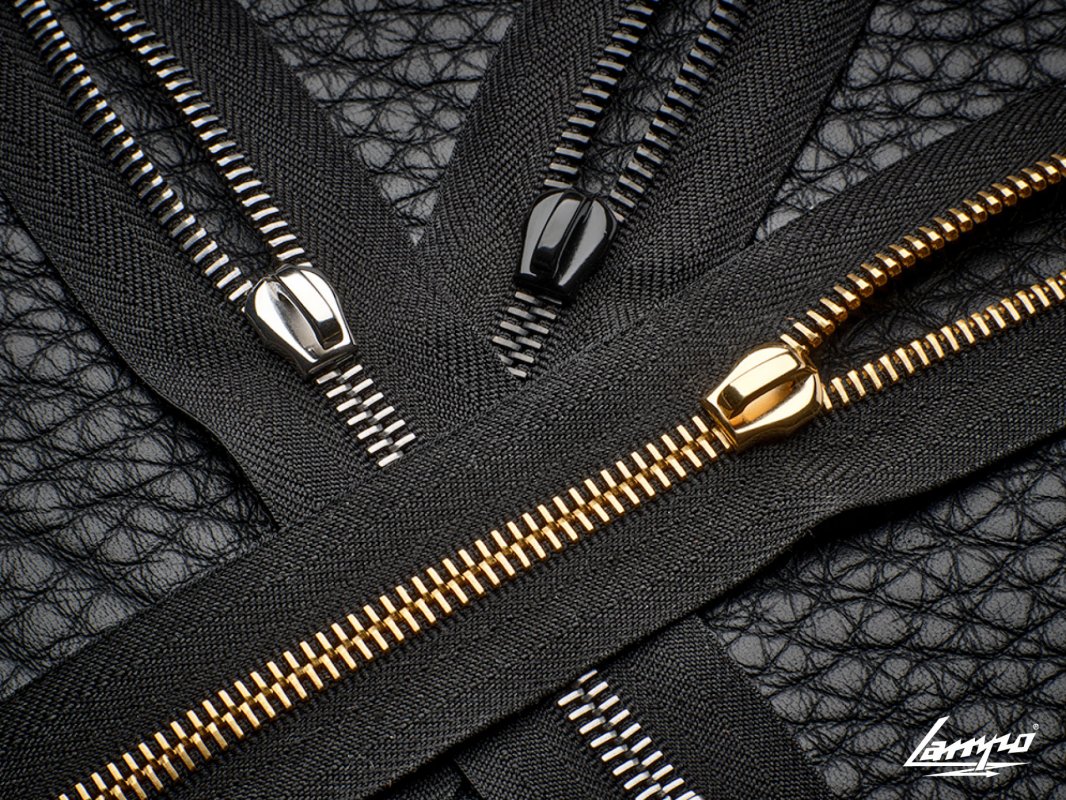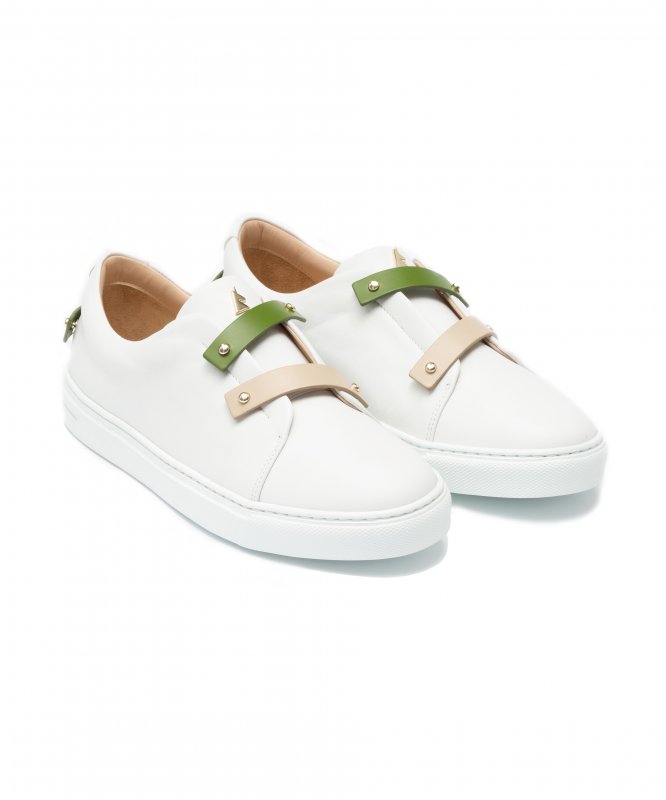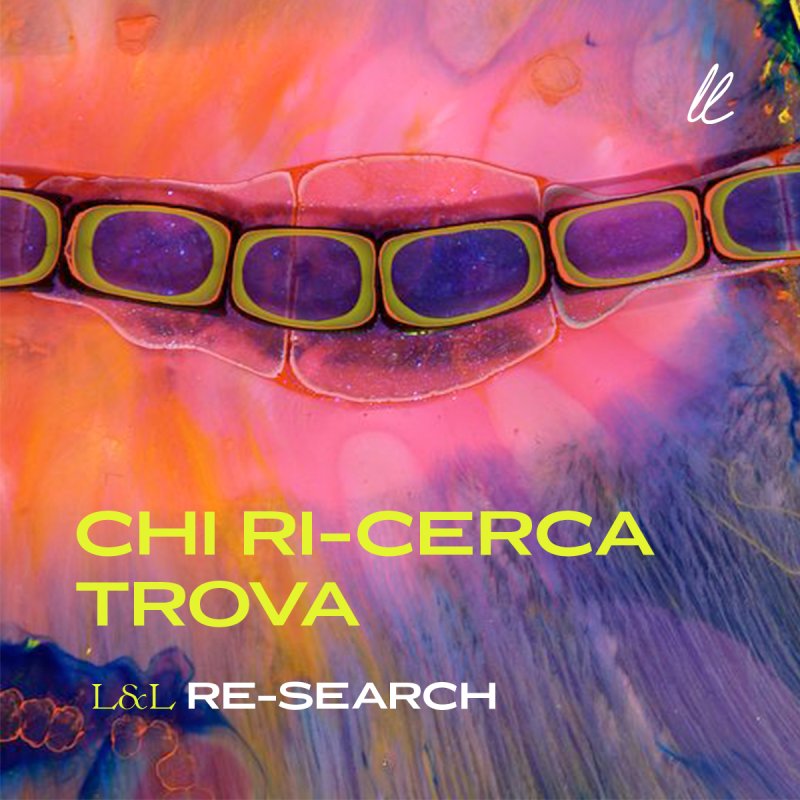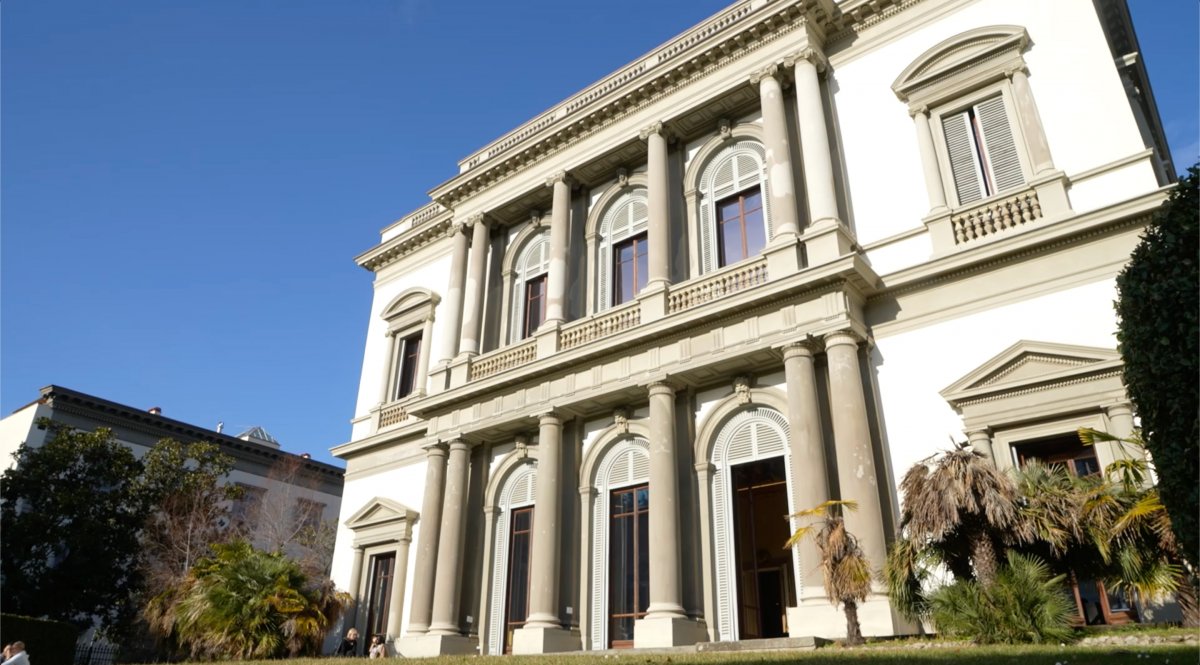News
Can real leather be sustainable?
A snapshot of the leather industry in Italy
The leather industry in Italy is one of the pillars of the Italian fashion system. According to annual data from UNIC - Concerie Italiane, there are approximately 1,180 companies operating in the tanning sector in Italy with a total of over 17,500 employees. This is where 65% of European production and 23% of global production is tanned, very significant numbers. But what are the ecological consequences of this performance? In 2020, the Italian National Union of Tanners (Unione Nazionale Italiana Conciatori) drew up an accurate report on the environmental impact of tanning in Italy, which highlights how the production districts have made considerable progress in recent years from the point of view of the sustainability of processing, despite the difficulties and challenges to be faced in order to achieve the objective: «The Italian tanning districts - says UNIC President Fabrizio Nuti - have been a strategic place for the development of environmental policies: we have innovated products and processes, saving water and energy, raw materials, reducing waste and refuse, and recycling them». Italian and European tanneries have had to comply with strict regulations on the protection of workers and the environment for many years. One example is the UNI EN 16484:2015 standard “Leather - Requirements for determining the origin of leather production”, which stipulates that the designation “Made in ...” can only be assigned if the last two tanning stages were carried out in the same country. This guarantees that hides marked “Made in Italy” have met the European regulation standards, with greater guarantees for workers and consumers. Another aspect of protection is the UNI 11427 standard, which establishes minimum process and product requirements (calculated per unit of leather produced) in order to be able to define genuine eco-friendly leather, i.e., leather produced with a low environmental impact, and therefore be able to use this term. Products conforming to the standard, after certification of the leather by ICEC (Quality Certification Institute for the Tanning Industry), can use the “eco-friendly leather” logo, issued by UNIC: a further effective method of informing the consumer and guaranteeing transparency.
Vegetable tanning, metal-free tanning
In addition to the traditional tanning system, there is also vegetable tanning, guaranteed by the “Consorzio Vera Pelle Conciata al Vegetale” (Real Vegetable Tanned Leather Consortium) based in Tuscany. The leather is treated with natural tannins and once its life cycle is over, the vegetable-tanned leather garment can be easily disposed of, thanks to its chemical-biological characteristics. The Consortium has drawn up a Sustainability Manifesto based on a metal-free manufacturing process, controlled according to a Disciplinary Code shared by the consortium members, which focuses on the principles of work ethics, social responsibility, and circular economy, where the substances used during leather processing are recovered and recycled in other production processes.
What is meant by metal-free tanning?
Today this is one of the most recurrent themes in the communication by the tanning industry. The demand for metal-free articles has not always been accompanied by a precise definition of what is meant, which metals are involved and what limits are required. Among the numerous specifications/ MRSLs that stipulate limits, the ZDHC 2.0 version is now the reference for the sector. The European Standard UNI EN 15987 gives the following definition: Leather (metal free) - Animal hide converted into leather, where the total content of all tanning metals (Cr, Al, Ti, Zr, Fe) in the leather is less than or equal to 0.1% (mass of the sum of all metals/total dry weight of the leather). Over the years, technological knowledge on the potential of tanning agents has been refined by assessing the chemical and physical characteristics that they impart to the leather, highlighting the potential and criticalities for obtaining versatile leather articles suitable for a variety of uses.


